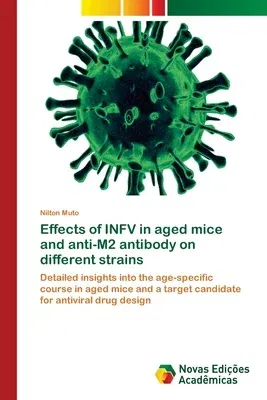Nilton Muto
(Author)Effects of INFV in aged mice and anti-M2 antibody on different strainsPaperback, 14 December 2017

Qty
1
Turbo
Ships in 2 - 3 days
In Stock
Free Delivery
Cash on Delivery
15 Days
Free Returns
Secure Checkout
Print Length
76 pages
Language
English
Publisher
Novas Edicoes Academicas
Date Published
14 Dec 2017
ISBN-10
6202043563
ISBN-13
9786202043564
Description
Product Details
Author:
Book Format:
Paperback
Country of Origin:
US
Date Published:
14 December 2017
Dimensions:
22.86 x
15.24 x
0.46 cm
ISBN-10:
6202043563
ISBN-13:
9786202043564
Language:
English
Pages:
76
Publisher:
Weight:
122.47 gm

